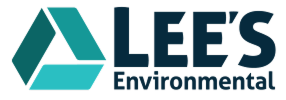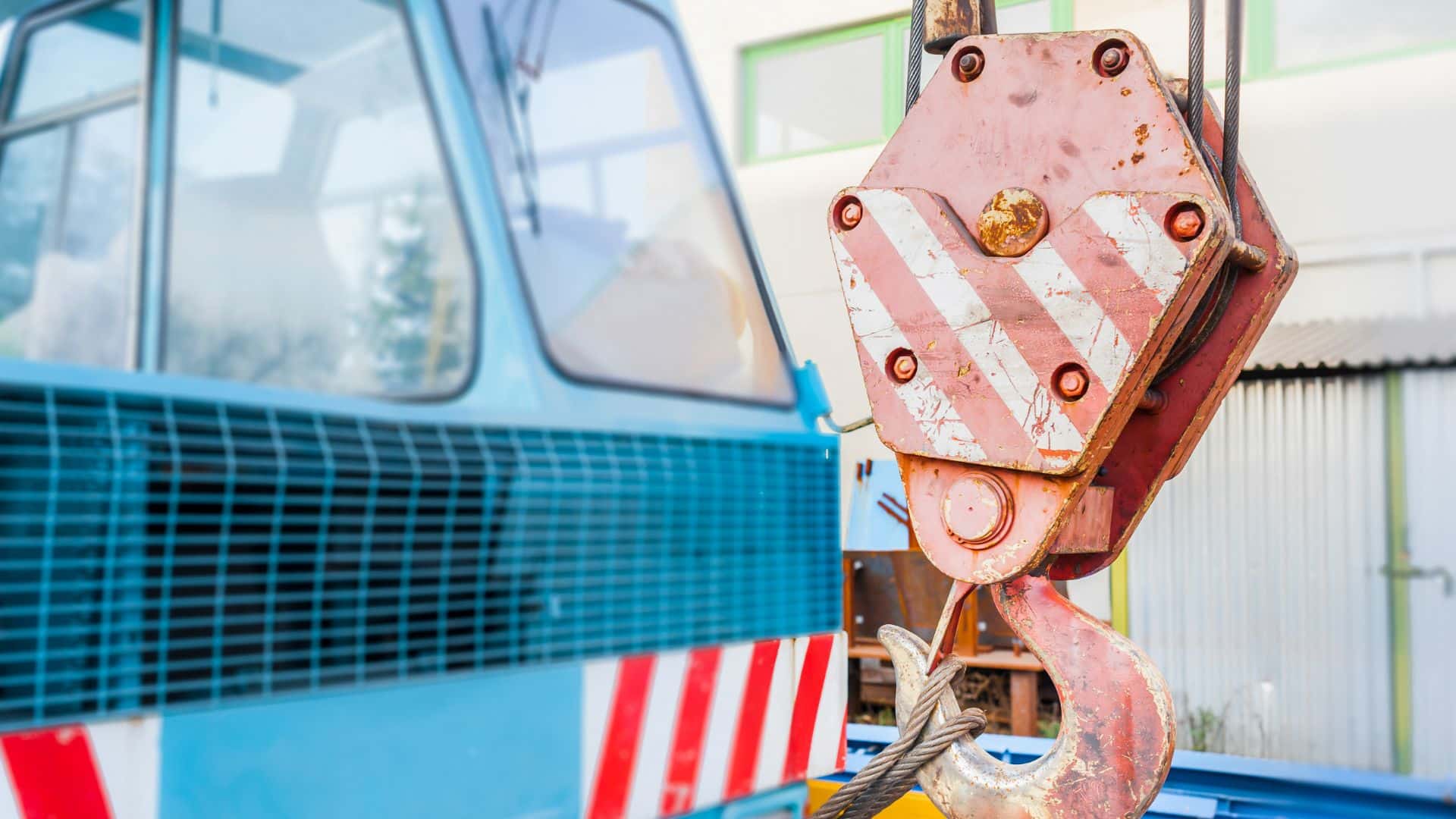Hook lift bins are the unsung hero when it comes to managing waste streams. Hooklift bins are safe, efficient, and suitable for most waste types.
And as the holiday’s approach, more people should use them for their cleaning needs. Whether it’s for bricks, concrete, or large rear doors, hook lift bins and skip bins are useful.
This blog both recommends some ways to use a hook lift bin this December in Australia and provides further information on why these stationary, commercial products are great at helping with waste management.
Why Hook Lift Bins Matter in December
The December period often brings elevated waste volumes owing to year-end shutdowns, maintenance works, project completions, site clear-outs and holiday-related surges.
Traditional skip bins may not provide the operational flexibility or access that many businesses require during this time.
A hook-bin system offers rapid placement and removal, minimal disruption and efficient rotation.
At Lee’s Environmental our focus is on providing tailored container services that keep your site tidy, safe and ready for the new year.
1. Year-End Site Clean-Outs and Maintenance Jobs
As many operations wind down or transition into maintenance mode, sites become ideal candidates for a thorough clean-out.
Outdated materials, residual packaging, pallet wraps, off-cut waste and site detritus can accumulate and need removal before shutdown or reopening.
This approach avoids accumulation in undesirable areas, keeps operations safe and supports a smooth transition into the new year.
When scheduling a hook-bin service for site clean-outs, consider positioning the bin in a high-traffic yet non-obstructive zone; avoid busy thoroughfares, maintain clear plant access and ensure that loading can occur during crane or forklift operations if required.
Lee’s Environmental offers hook-bin placements with scheduled rotations to accommodate December’s tighter timeframes.
2. Construction Project Handover and Demobilisation
Many construction, civil-works and refurbishment projects aim to reach practical completion in December.
The demobilisation phase involves removal of spoil, packaging, redundant timber, metal off-cuts, formwork and general waste.
A hook bin becomes a flexible asset: it can be dropped near the demobilisation zone, filled over a short period, then swiftly removed to allow contractors to vacate the site.
The advantages here include minimal disruption to adjacent trades, clear site presentation for handover, and avoiding last-minute pile-ups of waste.
Lee’s Environmental supports construction clients with rapid-response hook-bin services, ensuring the transition from active works to project wrap-up is seamless.
3. Workshop or Fabrication Facility Upgrades
Workshops, fabrication plants and large-scale maintenance yards may schedule upgrades, shutdowns or refurbishment in December to minimise impact on production.
Such upgrades often generate bulky waste: old machinery parts, structural steel sections, pallets, crates, oversize packaging and metal swarf.
A hook bin can be sized appropriately, placed near the workshop floor, and aligned with forklift or crane access for efficient loading.
Selecting a hook-bin service that understands heavy or bulky waste is important.
At Lee’s Environmental we provide purpose-designed containers and transport fleets capable of handling industrial loads, ensuring that your upgrade work doesn’t stall or generate uncontrolled waste build-up.
4. Retail, Hospitality or Event-Driven Waste Spikes
December sees a spike in consumer-facing activity: retail pop-ups, hospitality operations, end-of-year functions, outdoor activations and improved foot traffic.
These generate increased packaging waste, single-use items, event detritus and seasonal clearances.
A hook bin placed near storage or loading zones can support rapid turnover of waste during high-use periods.
The benefit to businesses in these sectors is clear: avoid the need for multiple small bin movements, reduce time spent transporting waste off-site, and keep operational floors clear.
Lee’s Environmental can coordinate hook-bin delivery just in time to match event schedules or seasonal peak demands, and arrange swift removal once volumes swell.
5. Preparing for Site Reopening in the New Year
As December closes, businesses often aim to reopen or restart operations in January with a clean, tidy and efficient site.
Placing a hook bin ahead of year-end activities ensures that materials are removed promptly and the site is ready for reactivation.
Whether your business is commissioning new equipment, refreshing workspaces or simply starting fresh, the waste-management phase can be taken care of before factory doors reopen.
By planning hook-bin placements in early December, you avoid the bottlenecks of the post-holiday period, secure better placement access and lock in collection in advance.
Lee’s Environmental recommends this proactive approach to ensure that your site is operationally ready for the new year without a backlog of waste to clear.
Choosing the Right Hook-Bin Service for December Waste Management
When selecting a hook-bin partner for December you should evaluate service quality, fleet capability, container types, collection turnaround and flexibility.
Lee’s Environmental emphasises modern container fleets, options ranging from small to oversize bins, reliable scheduling and removal services—particularly during the holiday period when demand is elevated.
Having a service provider who anticipates year-end surges and can respond rapidly is highly beneficial.
Moreover, businesses should review site access (truck width, turning space, overhead obstacles), loading logistics (forklift vs manual), waste types (mixed general, palletised, metal, timber) and required volume.
A proper service provider will help configure container size, placement location and collection timing to align with your December workload.
Best Practice Tips for Maximising Hook-Bin Efficiency
To get the most from your hook-bin usage in December, start with early planning: determine how much waste you expect, the loading rate, the best placement zone and any access restrictions during holiday staffing changes.
A well-positioned hook bin that can be accessed by forklift or crane, receives consistent loading and is collected just before full holiday closures will deliver better outcomes.
Ensure your loading practices are safe: heavy off-cuts should be stacked neatly, avoid overhanging loads, keep access clear for collection vehicles, and separate bulky materials if needed.
A competent provider like Lee’s Environmental will liaise with your site team to set up schedules, ensure signage and assist with loading guidance.
Finally, monitor the fill rate and communicate changes with your provider. December often brings unexpected waste spikes—being prepared to request an extra collection or bin swap can avoid overflow or site disruption.
Final Thoughts
Using hook bins in December offers a strategic advantage for businesses facing year-end waste challenges.
From site clean-outs and project demobilisation to workshop upgrades, retail surges and preparing for the new year, hook-bin services provide flexibility, efficiency and peace of mind.
At Lee’s Environmental we bring decades of waste-management experience, modern container fleets and tailored logistics to help your site end the year cleanly and start the next one strong.
If your organisation is planning December works, year-end clean-outs or needs a reliable hook-bin programme, contact our team.
We’ll assess your requirements, recommend the right bin size and schedule delivery and collection tailored to your site and timeframe. Let December’s waste be managed — not a burden.









